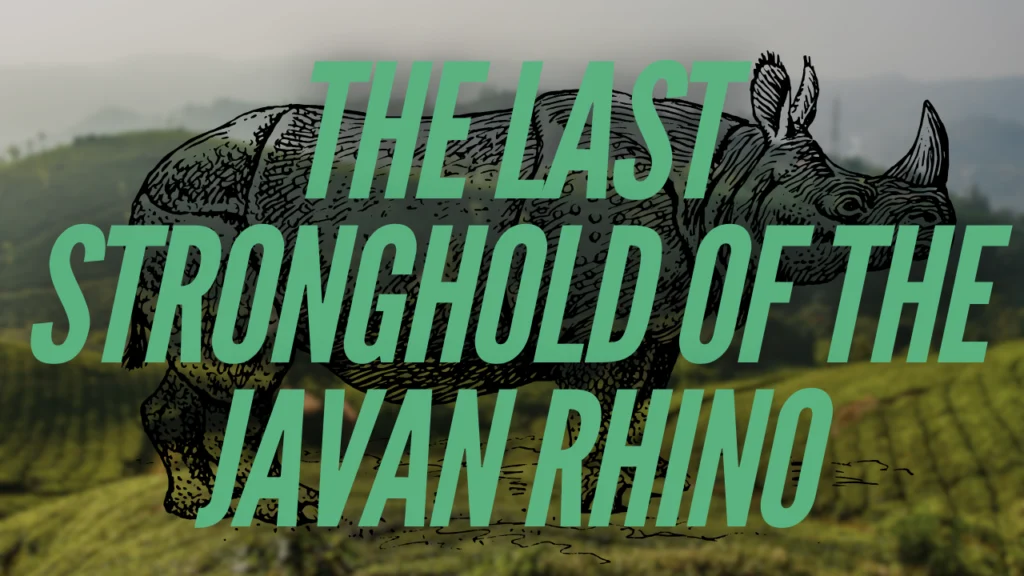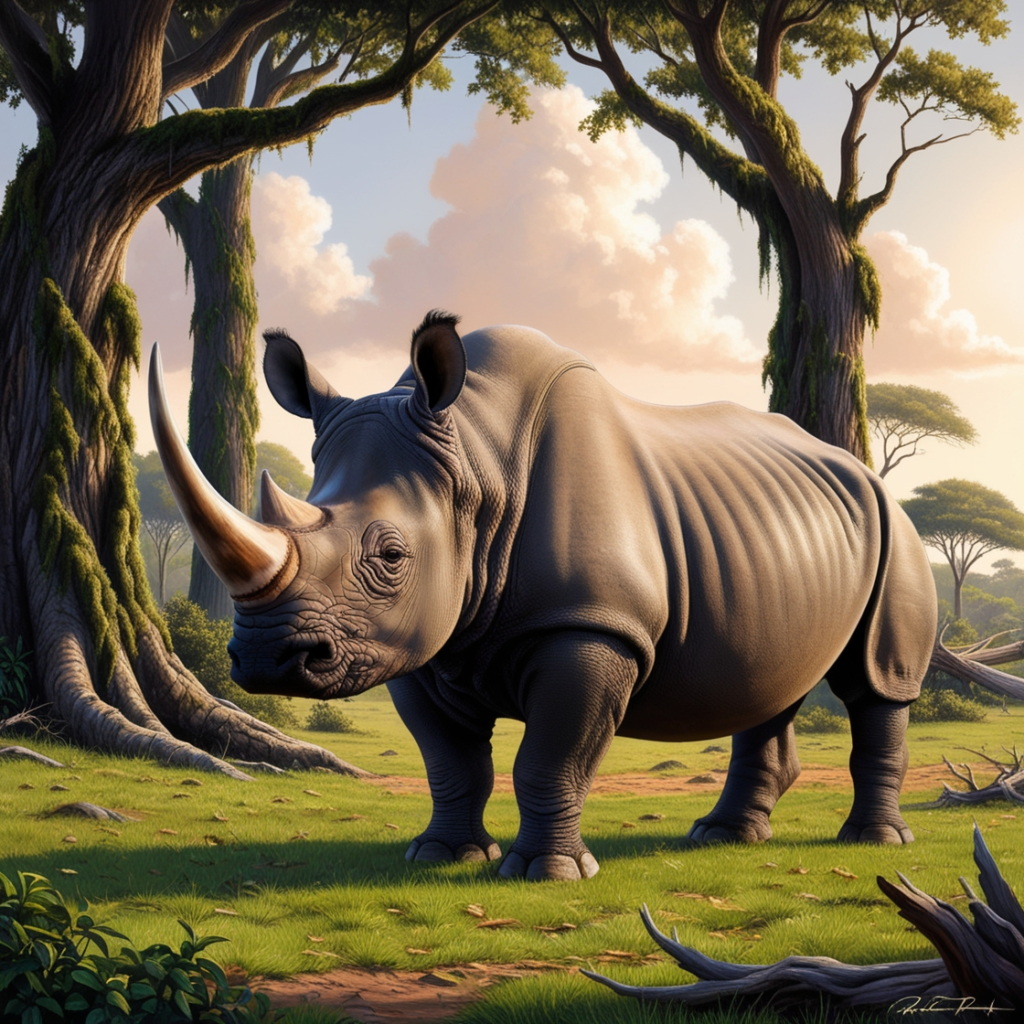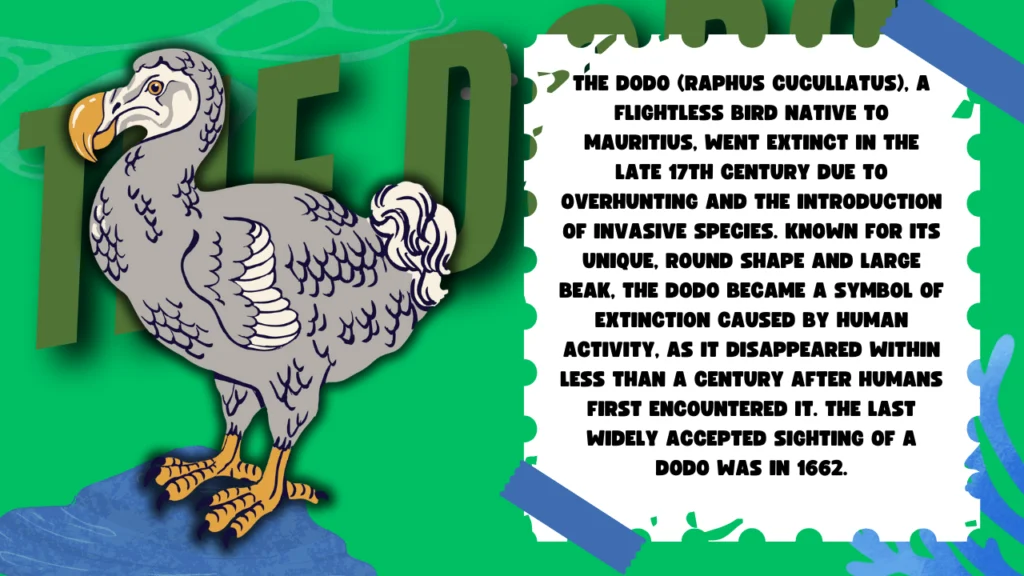Animals in Extinction : A Deep Dive into the Ongoing Crisis
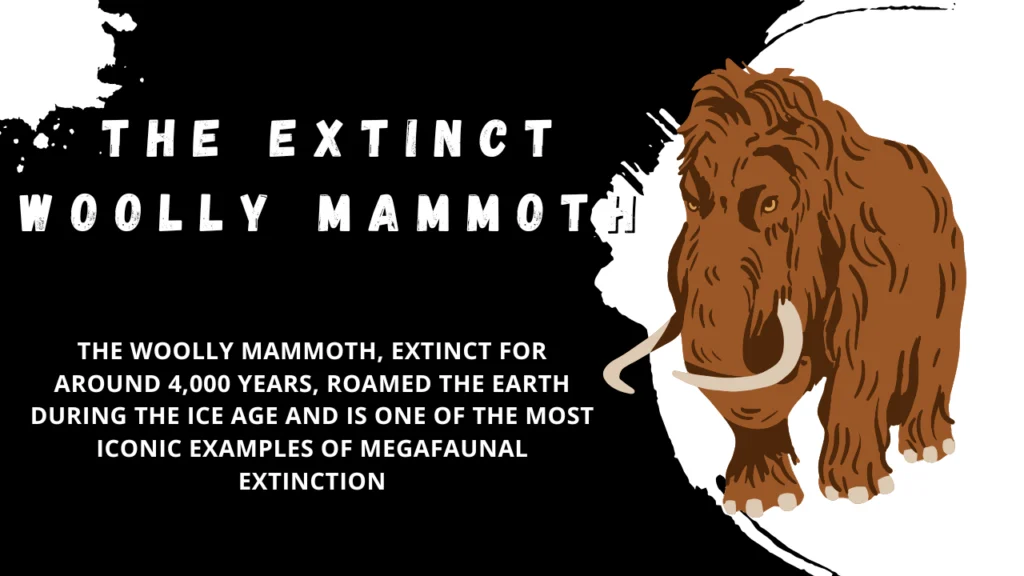
Introduction
Extinction is the irreversible loss of an entire species. Throughout Earth’s history, five major mass extinctions have wiped out vast numbers of species, reshaping the planet. Today, we stand on the brink of what many scientists call the “Sixth Mass Extinction,” a crisis largely driven by human activity. As habitats are destroyed, pollution escalates, and climate change accelerates, the rate of species loss is now hundreds, or even thousands, of times higher than natural extinction rates.
In this article, we’ll explore the causes behind animal extinctions, highlight historical cases, and discuss what can be done to prevent further losses.
Understanding Extinction: The Past and Present
Extinction is not a new phenomenon. For millions of years, species have naturally gone extinct due to changes in climate, habitat, and ecological interactions. However, the current rate of extinction far exceeds the baseline rate seen throughout Earth’s history. The International Union for Conservation of Nature (IUCN) reports that more than 15,000 species are currently threatened with extinction, and recent studies estimate that about 8 million species exist on Earth, with many yet to be studied.
But why are animals disappearing at such an alarming rate today? Human activities—deforestation, industrialization, pollution, and overhunting—are the primary culprits. As our world becomes more interconnected and resource-demanding, natural ecosystems are shrinking, and biodiversity is suffering.
The Extinct Species: A Tragic Legacy
One of the most famous examples of modern extinction is the passenger pigeon, which once darkened the skies of North America with billions of individuals. Easy to catch and abundant, passenger pigeons became a staple food source for early settlers. Overhunting and habitat destruction led to their decline, and in 1914, the last known passenger pigeon, Martha, died in captivity. This marked the tragic end of a species that had thrived for millennia.
Other notable extinctions include:
- The Dodo (1690): A flightless bird native to Mauritius, the dodo became extinct due to hunting and the introduction of invasive species like pigs and cats.
- Stellar’s Sea Cow (1768): Hunted to extinction for its oil and meat.
- Thylacine (1936): Also known as the Tasmanian tiger, it was hunted to extinction, with competition from dogs and habitat loss contributing to its decline.
- Golden Toad (1989): Disappeared due to climate change and habitat loss in the Monteverde Cloud Forest of Costa Rica.
These species, now lost forever, are just a few examples of the devastating impact humans can have on wildlife.
Current Extinction Crisis: Causes and Consequences
1. Habitat Loss: The Greatest Threat
The expansion of cities, agriculture, and industry has led to the destruction of vast habitats. Forests, wetlands, and coral reefs—ecosystems that once supported diverse species—are being cleared at an unprecedented rate. For instance, the Amazon rainforest, often referred to as the “lungs of the Earth,” is rapidly shrinking. Large-scale deforestation for cattle ranching, logging, and agriculture has led to the displacement of countless species.
When a species loses its habitat, it often cannot adapt fast enough to the changes. This leads to dwindling populations and, ultimately, extinction. Mountain lions in North America are one example: while they once roamed vast territories, urban expansion has confined them to much smaller areas, increasing encounters with humans and limiting their ability to survive.
2. Climate Change: A Growing Driver of Extinction
The planet’s warming climate is altering ecosystems at a pace many species cannot cope with, but efforts to reverse climate change could slow down this impact. Learn more in our article Can Climate Change Be Reversed?. Rising temperatures, melting ice caps, and more frequent extreme weather events are displacing species, reducing food availability, and altering migration patterns. The polar bear, for example, is struggling as Arctic ice melts, reducing its hunting grounds for seals.
Ocean warming is also a major concern. Coral reefs, which are home to 25% of marine life, are highly sensitive to temperature changes. Coral bleaching—caused by warmer seas—has led to the widespread destruction of these vital ecosystems. Species that rely on coral reefs, such as the Hawksbill Turtle, are also at risk of extinction.
3. Overexploitation: The Price of Consumption
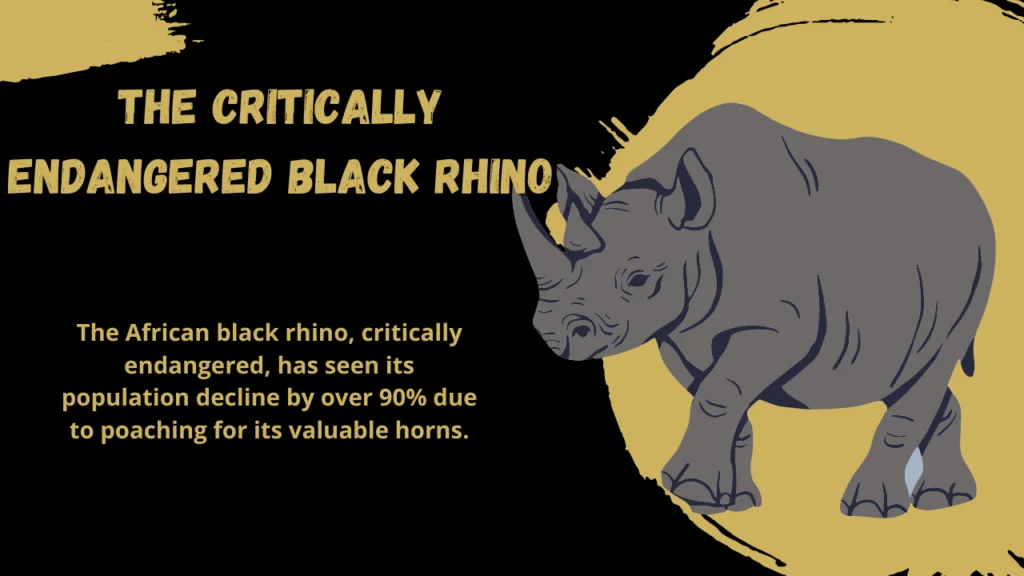
Humans have long relied on animals for food, clothing, and medicine. But overexploitation—when species are hunted, fished, or harvested faster than they can reproduce—has driven many species to extinction. Rhinos, for instance, are hunted for their horns, which are highly valued in traditional medicine, despite international bans on rhino poaching.
Similarly, overfishing has decimated populations of fish like bluefin tuna, pushing them to the brink of extinction. The demand for shark fins has also led to the collapse of many shark populations.
4. Pollution: A Silent Killer
Pollution is another major cause of extinction. Plastic waste, chemical runoff, and air pollution are destroying habitats and poisoning wildlife. In the oceans, plastic pollution is choking marine animals. Sea turtles, for example, often mistake plastic bags for jellyfish, a key part of their diet. Ingesting plastic can lead to blockages, starvation, and death.
Water pollution is also devastating aquatic species. Yangtze River dolphins and finless porpoises are critically endangered due to pollution from industrial waste and overfishing in China’s Yangtze River. The extinction of these species would signal the collapse of an entire ecosystem.
Mass Extinctions: Are We Facing a Sixth?
Throughout history, Earth has experienced five mass extinction events, each wiping out large numbers of species in a relatively short period. The most famous is the Cretaceous extinction, 66 million years ago, when a massive asteroid impact wiped out the dinosaurs and many other species.
Today, scientists believe we are witnessing the start of a Sixth Mass Extinction, driven by human activities. The current extinction rate is estimated to be 1,000 times higher than the natural background rate, meaning species are disappearing at an alarming rate. If this trend continues, we could lose one million species within the next few decades, according to the United Nations.
Preventing Extinction: A Global Responsibility
While the outlook may seem bleak, there are still ways to reverse some of the damage and prevent further species loss. Conservation efforts, habitat restoration, and reducing carbon emissions are critical to preserving biodiversity.
1. Conservation Biology: A Last Line of Defense
Conservation biology focuses on preserving species and ecosystems through targeted efforts. For example, the Global Tiger Initiative aims to protect tiger populations through anti-poaching laws, habitat preservation, and global awareness campaigns. The success of such programs demonstrates that, with proper intervention, species can be brought back from the brink of extinction.
2. Protected Areas and Rewilding
Establishing protected areas where human activity is limited or prohibited has proven to be one of the most effective methods for preserving biodiversity. National parks, marine reserves, and wildlife sanctuaries allow species to thrive without the pressures of hunting or habitat destruction.
Rewilding—the process of reintroducing species to areas where they have gone extinct—has also gained traction. The scimitar-horned oryx, once extinct in the wild, has been successfully reintroduced into the deserts of Chad, providing hope for other species facing a similar fate.
3. Public Awareness and Education
Raising awareness about the importance of biodiversity and the threats species face is crucial. When people understand the consequences of their actions—such as buying products linked to deforestation or overfishing—they can make more informed choices. For example, choosing products with sustainable certifications, like palm oil or fish, can help reduce the pressure on endangered species.
Endangered Species and Ecosystem Services: A Critical Role in Nature

The earth is home to millions of species, each contributing uniquely to the balance of ecosystems. These species not only support biodiversity but also provide crucial ecosystem services, including air and water purification, carbon sequestration, pollination, and nutrient cycling. Endangered species, in particular, often play key roles that, if lost, would disrupt these processes.
For instance, species such as bees and other pollinators are responsible for pollinating around 75% of the world’s flowering plants. Without them, many crops would fail, affecting food production on a global scale. Similarly, large predators like wolves help regulate prey populations, preventing overgrazing and maintaining vegetation health. When these species decline, ecosystems lose resilience, becoming more vulnerable to environmental changes, such as climate change, and ultimately affecting human survival. Protecting endangered species is not just about saving individual animals but also preserving the systems that support all life on Earth.
The Urgent Need for Global Action
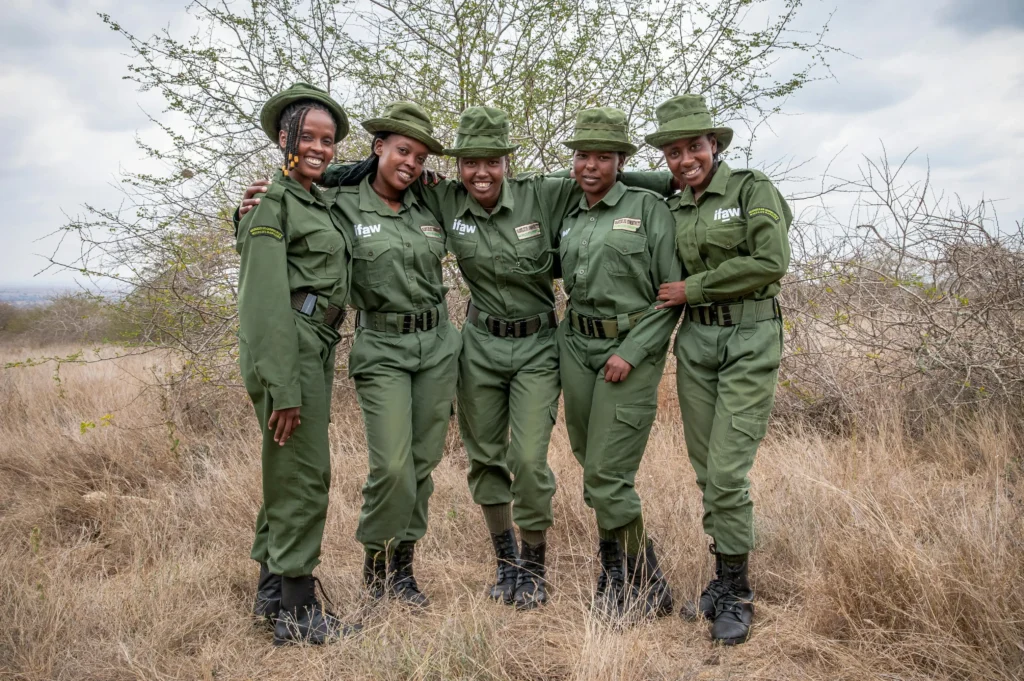
The rapid rate of extinction is a clear indication that global action is necessary. Governments, organizations, and individuals all have a role to play in reversing this trend. Stricter enforcement of anti-poaching laws, creation of wildlife corridors, and increased funding for conservation projects are essential. Collaboration across borders is also crucial, as many species migrate and live in habitats that span multiple countries.
Moreover, individuals can make a difference through daily choices, from supporting sustainable products to reducing carbon footprints. One significant way people can contribute is by supporting conservation programs that protect habitats and endangered species. Efforts like reforestation, creating protected areas, and supporting ecotourism initiatives are just some of the ways we can safeguard biodiversity for future generations.
The time to act is now, before we lose more species and the invaluable services they provide to our planet.
Conclusion: The Time to Act is Now
The extinction crisis is not just an environmental issue—it’s a reflection of how human activities are reshaping the planet in ways that are unsustainable for other forms of life. While we cannot undo the damage that has already been done, we can take meaningful action to prevent further species loss. Every effort, from supporting conservation programs to reducing our carbon footprint, counts. We are the last generation with the power to halt the Sixth Mass Extinction, and the time to act is now.
FAQ: Animals in Extinction
Why are animals going extinct at such a fast rate?
Human activities, such as deforestation, climate change, pollution, and overhunting, are driving many species to extinction at rates much higher than the natural baseline.
What is the Sixth Mass Extinction?
The Sixth Mass Extinction refers to the ongoing extinction crisis caused by human activities, where species are disappearing at a rate 1,000 times higher than the natural rate of extinction.
How can we prevent species from going extinct?
Conservation efforts, habitat restoration, reducing carbon emissions, and supporting sustainable practices can all help preserve endangered species and their ecosystems.
Is climate change responsible for species extinction?
Yes, climate change is a major driver of extinction. Rising temperatures, shifting weather patterns, and habitat loss are all negatively affecting species’ ability to survive.
Can we bring extinct species back to life?
While there are scientific efforts to use genetic engineering to bring extinct species back, this is a controversial and complex process that raises ethical and ecological concerns.

